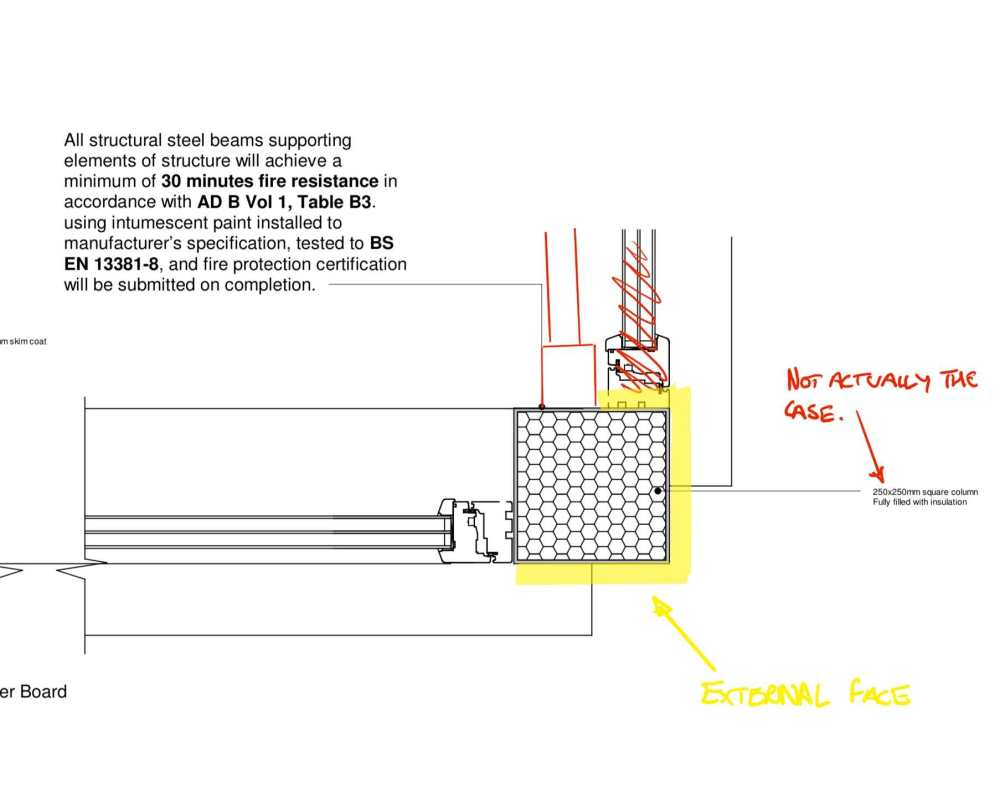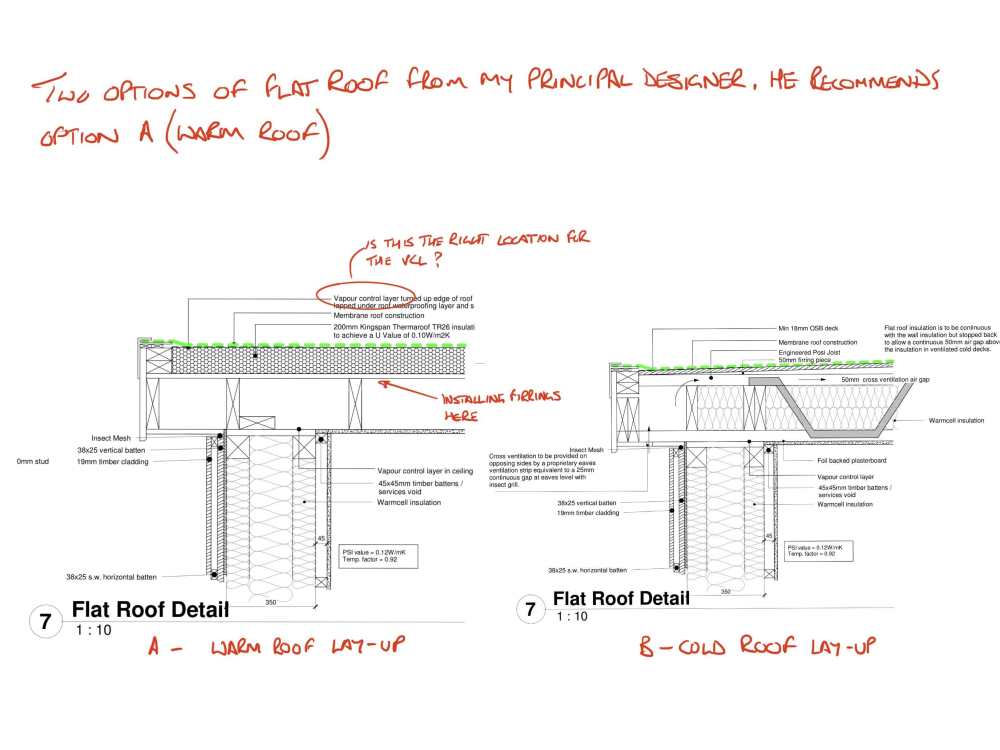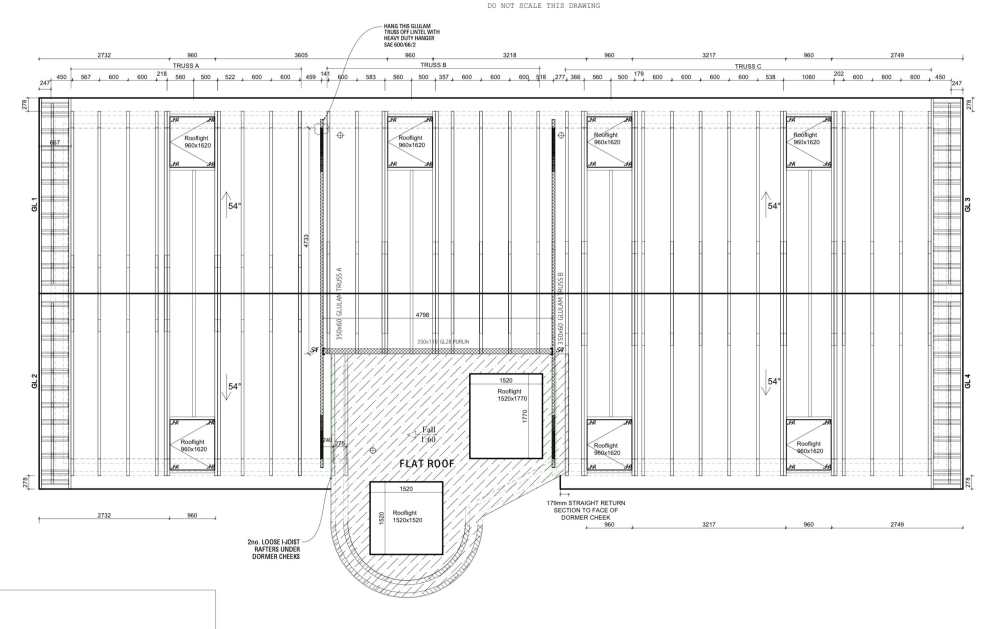
Great_scot_selfbuild
Members-
Posts
194 -
Joined
-
Last visited
Everything posted by Great_scot_selfbuild
-
Fabric and ventilation heat loss calculator
Great_scot_selfbuild replied to Jeremy Harris's topic in Heat Insulation
I’m in this position too. I’m certain I'm being pushed quotes heavily oversized, and I don’t want a system that keeps turning on because it’s not been properly calculated and sized. I just have very little time outside of work to do it whilst also keeping tabs on the work being done (where I keep identifying issues that need my attention immediately 😭). following, and will update as I progress myself.- 185 replies
-
- heat loss
- ventilation
-
(and 4 more)
Tagged with:
-
Do you get the previous PC to sign off for the work up to that point? If I brought in another PC, and they were expected by Bldg Ctrl to sign at the completion, they would surely not be expected to sign for the earlier stages of work? (or if they are, how would this be managed? have you had to do this, or seen it done?)
-
Just thinking through options - we've had a principal contractor from the start, whilst some specialist contractors have come in for different elements of the build, the PC has remained constant. If we get to a point where we look to finish the internal fit-out ourselves, how does the PC role and (specifically the Building Control Principal Contractor sign-off work? I'm aware that the PC definition for CDM and Building control uses the same term 'Principal Contractor', but has a different definition and responsibilities. My main focus is related to the PC Building Control sign-off, though I am interested in the CDM aspects too. Grateful for your experience & thoughts. I'm trying to make sure I have a clear contingency plan in case we a re finishing the build and fit-out by ourselves.
-
Getting my head around Part B and K for our windows
Great_scot_selfbuild replied to MikeSharp01's topic in Windows & Glazing
@MikeSharp01 useful thread - we're going through this atm. The plan had the windows above 800mm, but because the timber frame designer didn't mention he'd moved the windows down when a deeper rafter was installed, we've now got a design change / compromise with the windows being down at 650mm!! (apologies for the rant...) -
@alexo I know this is an old thread, but I have exactly the same situation and have internorm windows being fitted. Could you possibly upload some photos or a video of this turn restrictor showing how it works? (hopefully you'll see this...)
-
Thanks for the advice @Nickfromwales. Can you explain about fitting the trailing socket - I can't see or find any details about what the end fixing is on the Defencer lights (here - https://www.screwfix.com/p/defender-22m-led-festoon-lighting-chain-10w-8000lm-110v/4693T?gclsrc=aw.ds&gad_source=1&gad_campaignid=22605815174&gbraid=0AAAAAD8IdPzAOvlf0h99fWKcI5vmuavk_&gclid=CjwKCAiAlMHIBhAcEiwAZhZBUq7WHfNLT9emuDmtdSAF-7MrzRbsVmZfgfMe9Fbjf8cNGA6BSrjFxRoCjDcQAvD_BwE) Is it as simple as wiring a 110V socket onto the end of the festoon trail? (couldn't find out much about the end of the festoon lighting).
-
I'm looking to get some 110v lighting. Our timber frame is going up quickly and soon (in addition to the days getting shorter), the build team will benefit from lighting inside the frame - especially once the roof and upstairs floor boarding goes on. I'm looking to buy some (rather than leave it to the team to provide their own) as I know I'll need it for ourselves anyway. I've come across quite a few different types and one of the versions I wasn't aware of until just searching were the daisy-chained LED bulbs, which I thought could be rather useful especially once internal walls are covered. Here are screenshots of the examples I'm coming across (just examples, I've not gone through the specifics yet - just wanted views on what type/style/power rating people have found good or bad). Image of our site to give an idea of how shaded we are - hence this will really start to make an impact. IMG_5224.JPG IMG_5151.JPG
-
The original design was for the column to be inside the windows, but the timber frame structural engineer stated that it ‘had’ to go in the corner. TBH this really hacked me off that they weren’t able to calculate a small cantilever for the loading. Ultimately I trusted the collection of design professionals involved in the whole build / design (and I had them all join joint design meetings). I’ve got to the point where it can’t be changed now, and in the general scheme, we can come up with a solution I expect using the Aerogel type of product. Yes, it’ll still have the steel passing through, but the internal being empty wouldn’t help. Thanks for the link to an earlier thread - I’ve only read part of it so far, but it’s already giving me confidence in finding a solution. TVM!
-
We have steel columns (250mm square cross-section) in the corners of our timber frame with steel lintels which allows for glass on 3 sides. The steel is visible inside & out, and although I’ve been asking for the detail for some months, only now that we’re very close to installation have I established that none of the design team (Principal Designer - architectural designer), Timber frame manufacturer (designer, structural engineer, production manager…) has mentioned it until I have pointed out that there’s no insulation in it (on the drawing). The drawing I'm concerned that there's been no design discussion about how they will be prevented from becoming a very significant thermal bridge. Cue silence… In the interest of now finding a solution rather than playing a blame game (adds no value), I’m seeking this group’s thoughts and experience. One suggestion has been to drill holes to inject expanding insulation into the column, with holes positioned in line with where the window frames will go (this method would need more than one hole to get it in far enough and fill the full height; the holes could be subsequently weld-filled afterwards, and this would obviously need approving by the structural engineer). AAAAARRRRRRRGGGGGHHH!!!! So frustrating….
-
Warm or cold roof design for our flat roof?
Great_scot_selfbuild replied to Great_scot_selfbuild's topic in Flat Roofs
Do you mean upstand above the flat roof? If so, there will be a lip of some sort for the guttering. With your warm roof, did you just take the wall insulation up to the underside of the roof board (rather than this drawing showing it stopping at the underside of the joists)? -
Warm or cold roof design for our flat roof?
Great_scot_selfbuild replied to Great_scot_selfbuild's topic in Flat Roofs
I had wanted to go back to option B, but the flat roof and ventilation gap will be a paint to sort, so I’m thinking the option A - I think it’s just a case of taking the wall insulation up to the top. Worth adding that I only received this warm roof design earlier today (5pm) and haven’t yet had a chance to ask him this question - but it will be with him tomorrow! -
It doesn’t feel like I’m getting very clear advice from our principal designer. Any comments on these options? Thanks in advance.
-
Which is best and why, or is there nothing in it between 11mm OSB and 12mm Medite vent panels for the roof sarking. Our roof will have 350mm of warmcel between the rafters (U=0.11), with 50mm air gap above the sarking by means of battens & purlins supporting a corrugated steel roof sheeting. The original scope of the timber frame had 11mm OSB listed but the designer has specified 12mm Medite vent and so I’m being asked which I would like. The price difference is £10/sheet, and we need 164 sheets, so £1,640 uplift for Medite vent. Have any of you used both and what would you go for and why? We’re going for quite a high spec performance build, and have prioritised the fabric of the build. If there’s a material benefit/value to be gained then we would consider this extra cost, but we can’t afford to do it just on a whim. Keen to get the experienced view from this group. Thanks in advance…
-
@BartW Thanks for creating this thread - having read it now, I think I’ve saved myself a lot of work being led down the comfopost path by some M&E suppliers. I’m becoming less trusting of the technical competence of some of the companies I’ve reached out to and am finding myself doing so much double-checking and calculations myself, I’m very interested in how you’ve gone about designing the UFH / ASHP / DHW system. I’ll be starting my search for tutorials and advice on how to go about this, but would welcome any advice you can offer?
-
Fabric and ventilation heat loss calculator
Great_scot_selfbuild replied to Jeremy Harris's topic in Heat Insulation
@JohnMo amazingly helpful and clear - thank you!- 185 replies
-
- heat loss
- ventilation
-
(and 4 more)
Tagged with:
-
Fabric and ventilation heat loss calculator
Great_scot_selfbuild replied to Jeremy Harris's topic in Heat Insulation
@JohnMo sorry, not sure I follow - you’re saying the 7.5kw isn’t the best fit? They’ve used this SAP figure to give a 4.35kw requirement, and then (presumably) scaled it up to a 7.5kw HP to cover the DHW. Not that I disagree, just trying to understand - which bit of this shows that 6kW isn’t big enough at -3? And is 7.5kw big enough at -3, plus covering DHW?- 185 replies
-
- heat loss
- ventilation
-
(and 4 more)
Tagged with:
-
Fabric and ventilation heat loss calculator
Great_scot_selfbuild replied to Jeremy Harris's topic in Heat Insulation
They used a statement in my SAP assessor’s report that stated heating requirement as 16.7627w/m2; 260m2. (Screenshot attached)- 185 replies
-
- heat loss
- ventilation
-
(and 4 more)
Tagged with:
-
Fabric and ventilation heat loss calculator
Great_scot_selfbuild replied to Jeremy Harris's topic in Heat Insulation
@JohnMo @SBMS @MikeSharp01 @jack @Marvin Thanks for all your input - most helpful. After challenging/questioning the suppliers' quotes they have revised their proposed solution and Cool Energy currently is looking most favourable (MCS umbrella etc.) and has reduced the ASHP proposed down from 14kW(!) to the following: Proposed Solution: We recommend the following setup based on your requirements: Heat Pump Output: We recommend a heat pump with an output of 4.354kW. Design Temperature: -3°C ambient temperature with a 35°C water flow temperature, suitable for underfloor heating (UFH). Heat Pump Model: We recommend the Cool Energy CE-ET10, which can modulate between 3.89 kW to 7.48 kW at the above design temperature. Hot Water Cylinder Size: 250L, calculated at 50L per person plus an additional 50L. Design Temperature Explanation: The design temperature of -3°C ambient and 35°C water flow is chosen to ensure your heat pump system provides reliable heating even on colder winter days while keeping the water temperature low enough for underfloor heating efficiency. This balance helps maximise energy efficiency and comfort throughout your home. My interpretation of this is that whilst the say 'recommend an output of 4.354kW' which sounds ok to me based on my estimated heat losses of just over 3kW plus an allowance for the DHW - I'm not sure how to calculate/estimate this? and haven't searched around yet; however their model can modulate between 3.89 - 7.48kW; am I correct in assuming this would be referred to as a '7.5kW ASHP'? Just wanted to share an update and see if anyone had an opinion on this proposed ASHP solution?- 185 replies
-
- heat loss
- ventilation
-
(and 4 more)
Tagged with:
-
Fabric and ventilation heat loss calculator
Great_scot_selfbuild replied to Jeremy Harris's topic in Heat Insulation
@SBMS Thanks. Does that heat loss mean 3kW heat pump?! (not clear what duration it is over - I saw another post that referred to multiplying by 24, assuming it to imply it is an hourly heat loss figure, but basically I'm still unclear. Volume - I hadn't clocked that was a manual entry and I hadn't changed it. You're correct, volume is 879m3; floor area is 131m2 but tall ceilings and upstairs within the roof space. Thanks again- 185 replies
-
- heat loss
- ventilation
-
(and 4 more)
Tagged with:






